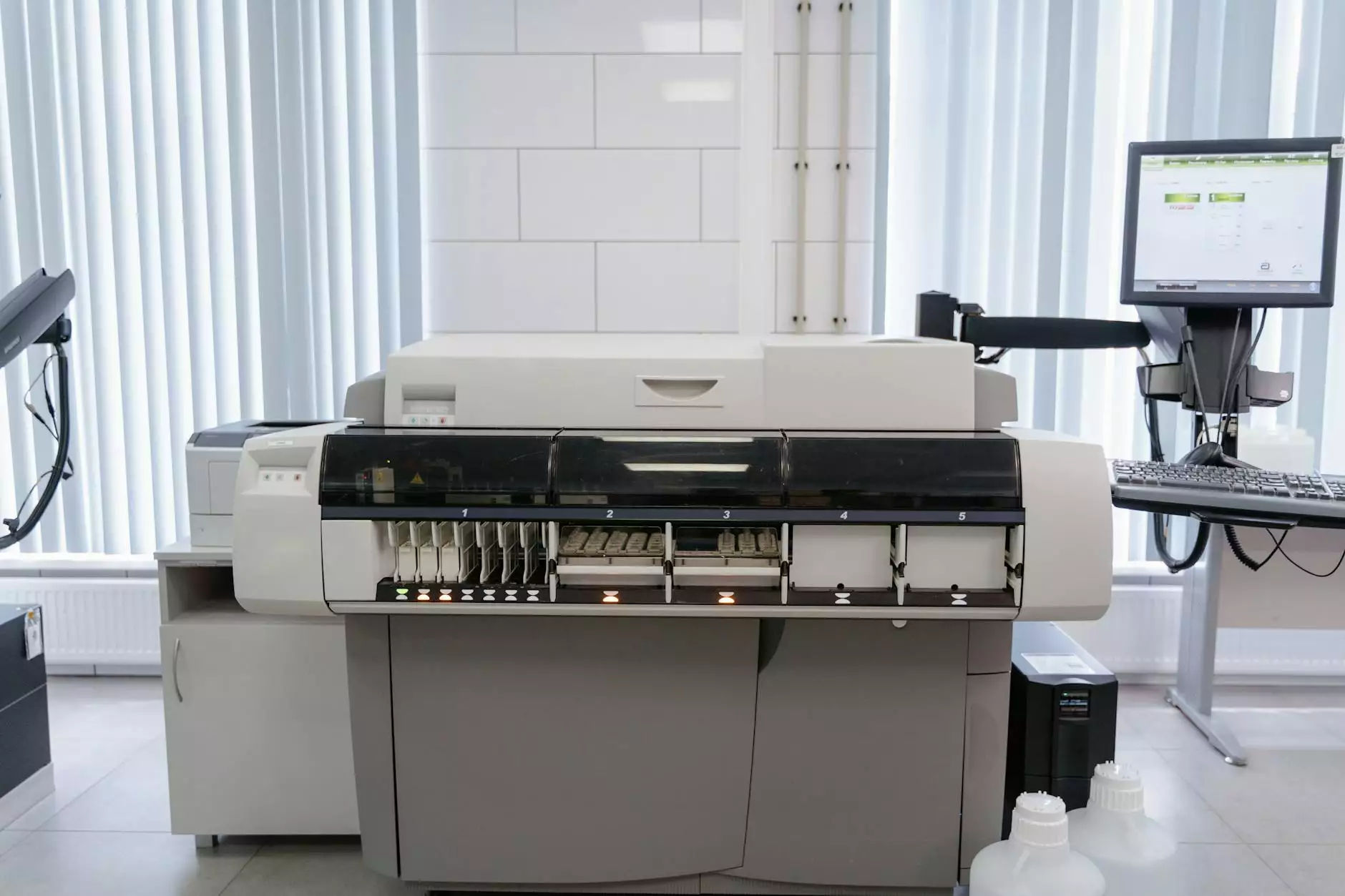Understanding Wheat Moisture Content for Optimal Storage

The success of wheat storage is significantly influenced by the wheat moisture content at the time of storage. It is crucial for farmers and storage managers to accurately measure and manage this parameter to ensure that the wheat is kept in optimal condition, preventing spoilage and loss of quality. In this article, we will delve deep into the relationship between wheat moisture content and storage, providing you with insights that can help improve your storage practices and safeguard your harvest.
What is Wheat Moisture Content?
Wheat moisture content refers to the amount of water present in the wheat grain. It is typically expressed as a percentage of the total weight of the grain. For effective storage, it is essential to monitor this percentage closely since higher moisture levels can create a breeding ground for mold, fungi, and pests, leading to spoilage.
The Ideal Wheat Moisture Content for Storage
According to industry standards, the ideal moisture content for stored wheat is typically between 12% and 14%. At this range, the wheat maintains its quality and is less susceptible to spoilage. Any moisture content above this range can significantly increase the risk of fungal infections and reduce the overall quality of wheat.
Effects of High Wheat Moisture Content
Storing wheat with moisture content above the recommended level can have several negative effects:
- Decreased Grain Quality: High moisture levels often lead to a reduction in the nutritional and baking qualities of wheat.
- Mold Growth: Excess moisture creates an environment conducive to the growth of mold and fungi, which can produce mycotoxins harmful to health.
- Pest Infestation: Grain pests such as weevils and beetles thrive in higher moisture conditions.
- Mechanical Damage: Wet or damp grain is prone to lumping and can cause damage during handling and storage.
How to Measure Wheat Moisture Content
Accurate measurement of wheat moisture content can be performed using various tools, including:
- Moisture Meters: Portable moisture meters are widely used in the industry for their convenience and speed. These devices can provide immediate readings of moisture levels.
- Oven Method: This traditional method involves weighing a sample of wheat, drying it in an oven, and measuring the weight loss to calculate moisture content.
- Grain Probes: These are used for sampling grain from different depths within a storage silo or bin for moisture testing to ensure uniformity across the batch.
Preventing High Moisture Content During Harvest
To minimize the risk of high moisture content in stored wheat, consider implementing the following practices during harvest:
- Timely Harvesting: Harvest wheat when it reaches the appropriate maturity level to avoid late harvests that can lead to moisture buildup.
- Monitoring Weather Patterns: Be vigilant about weather forecasts and avoid harvesting during rainy periods.
- Optimize Drying Techniques: After harvest, promptly dry your wheat using efficient drying techniques to bring moisture content down to acceptable levels.
Correcting High Wheat Moisture Content
In the event that wheat is harvested with high moisture content, corrective measures can be taken:
- Mechanical Drying: Utilizing commercial grain dryers can effectively bring down moisture levels quickly.
- Natural Air Drying: Spreading the wheat out in a thin layer can allow natural air to help reduce moisture, but this method is slower and weather-dependent.
- Regular Monitoring: Continuously monitor moisture levels during drying to prevent over-drying, which can damage the grain's quality.
Storage Options for Wheat
There are various storage options available for wheat that can help manage moisture content:
- Grain Silos: These are designed for bulk storage and can control temperature and humidity very effectively.
- Flat Storage Buildings: These allow for easy management of large volumes of wheat, but require good airflow and monitoring to prevent moisture accumulation.
- Temporary Storage Structures: These are useful for short-term storage under controlled conditions until further processing.
Importance of Grain Quality Management
Managing wheat moisture content is not just a matter of preventing spoilage; it is also crucial for maintaining quality standards. Wheat is graded based on various quality indicators, and moisture content is a critical factor. Farmers must be aware that lower moisture levels can yield higher-grade wheat, which commands better prices in the market.
Legal and Regulatory Standards
Beyond agricultural practices, understanding moisture content is also vital from a regulatory perspective. Different regions and markets have specific regulations regarding acceptable moisture levels in grains to ensure food safety. It’s essential for businesses involved in the supply chain to stay informed about these standards to avoid penalties and ensure market access.
Conclusion: The Path to Successful Wheat Storage
Effective management of wheat moisture content for storage is a multifaceted challenge that requires diligence, knowledge, and the right equipment. By implementing good harvesting practices, utilizing modern tools for measurement, and proactively addressing moisture levels, farmers and storage operators can significantly enhance the quality of their stored wheat. Investing time and resources to manage moisture content leads to better quality wheat, higher profitability, and ensures that the grain remains safe for consumption.
For more tips and advanced methodologies for managing your grain storage, visit us at tsgcinc.com.









